



The 2023–2025 global drought hotspots report highlights how climate change and the 2023–2024 El Niño have intensified droughts across Africa, Latin America, the Mediterranean, and Asia, leading to acute hunger, ecosystem collapse, energy failures, and socio-economic crises. The UN urges urgent, coordinated global action focused on early warning systems, resilient infrastructure, and nature-based solutions to mitigate escalating risks.
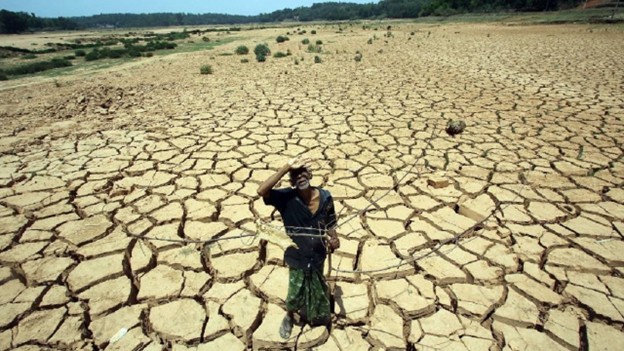
Disclaimer: Copyright infringement not intended.
Global climate patterns in 2023 and 2024 set the stage for severe drought impacts worldwide that are continuing into 2025.
The UN and U.S. National Drought Mitigation Center (NDMC), in partnership with UNCCD and the International Drought Resilience Alliance, released a comprehensive report on July 2, 2025. It identifies critical “drought hotspots” from 2023–2025, underscoring intensifying droughts worldwide fueled by climate change and the 2023–2024 El Niño event.
|
Region |
Affected Countries/Areas |
Key Impacts |
|
Africa (Eastern & Southern) |
Somalia, Ethiopia, Zimbabwe, Zambia, Malawi, Botswana, Namibia |
- Over 90 million facing acute hunger - 68 million in Southern Africa needing food aid by August 2024 |
|
Zimbabwe |
- Corn crop down 70% - Maize prices doubled- 9,000 cattle died |
|
|
Zambia |
- Zambezi River fell to 20% of average - Kariba Dam at 7% capacity → 21-hour blackouts |
|
|
Somalia |
- 2021–2023 drought caused ~43,000 excess deaths- 4.4 million people facing crisis-level food insecurity |
|
|
Latin America & Amazon Basin |
Amazon River Basin (Brazil, Peru, Colombia, etc.) |
- Record-low river levels → mass fish & dolphin deaths - Disruption in transport & drinking water for hundreds of thousands |
|
Rio Negro |
- Dropped to the lowest level in a century (Nov 2023) |
|
|
General (South America) |
- Severe drought triggered wildfires in early 2025 |
|
|
Mediterranean & Middle East |
Spain, Morocco, Turkey |
- Spain: Olive crop down 50%, olive oil prices doubled - Morocco: Sheep population declined 38% since 2016 - Turkey: Groundwater depletion caused sinkholes |
|
Southeast Asia |
Thailand, India, others |
- Drought affected rice, coffee, sugar crops - Triggered global rise in sugar/sweets prices |
The 2023–2025 drought hotspots report signals a stark warning: droughts driven by climate change and El Niño are converging with vulnerabilities, leading to hunger, ecosystem collapse, economic shutdowns, and social crises. This compounds the imperative for the UN, national governments, and civil societies to adopt anticipatory, holistic, and resilient drought preparedness strategies and mitigate escalating planetary risk.
Source: unccd.int
|
PRACTICE QUESTION Q."Climate-induced droughts are not merely environmental events but multidimensional crises impacting food security, livelihoods, energy systems, and ecosystems." In the light of the recent UN-NDMC report on global drought hotspots (2023–2025), examine the socio-economic and ecological consequences of drought. (250 words). |
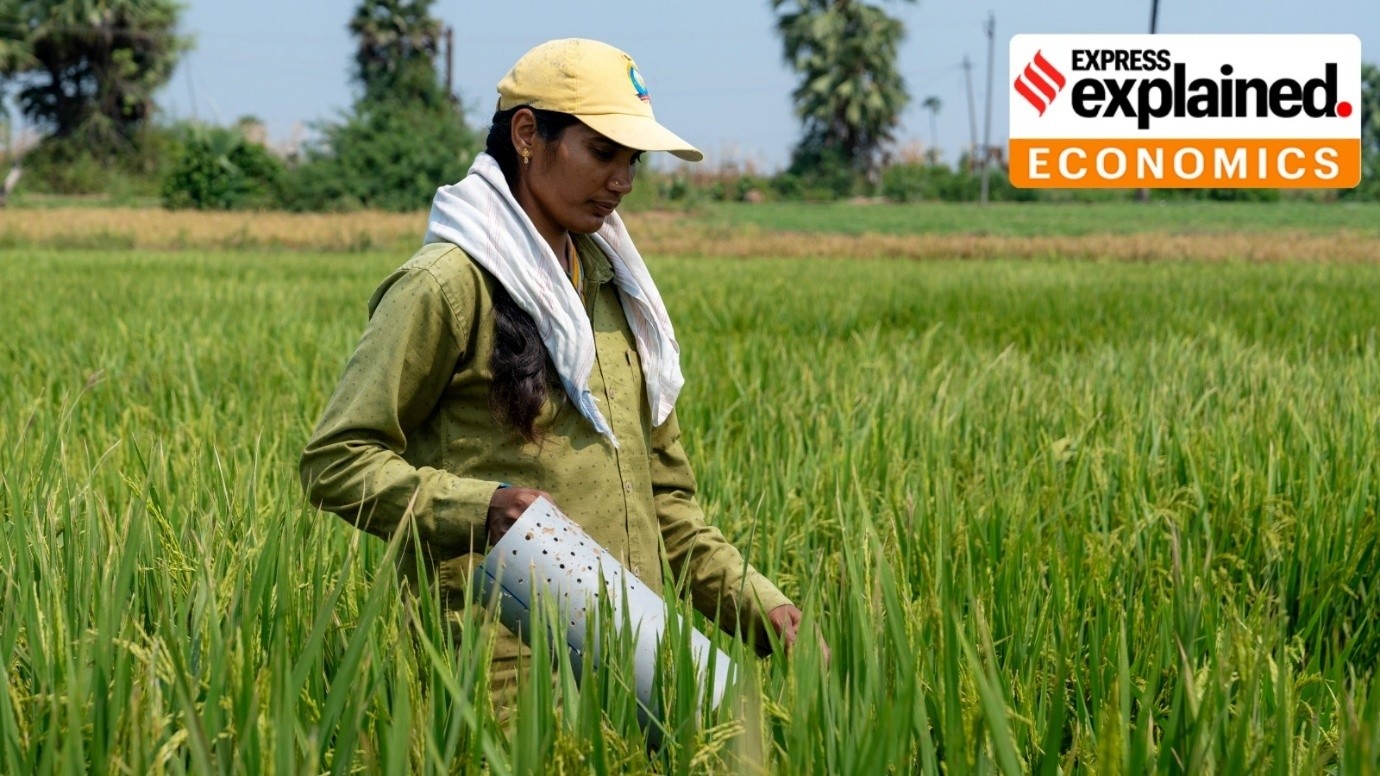
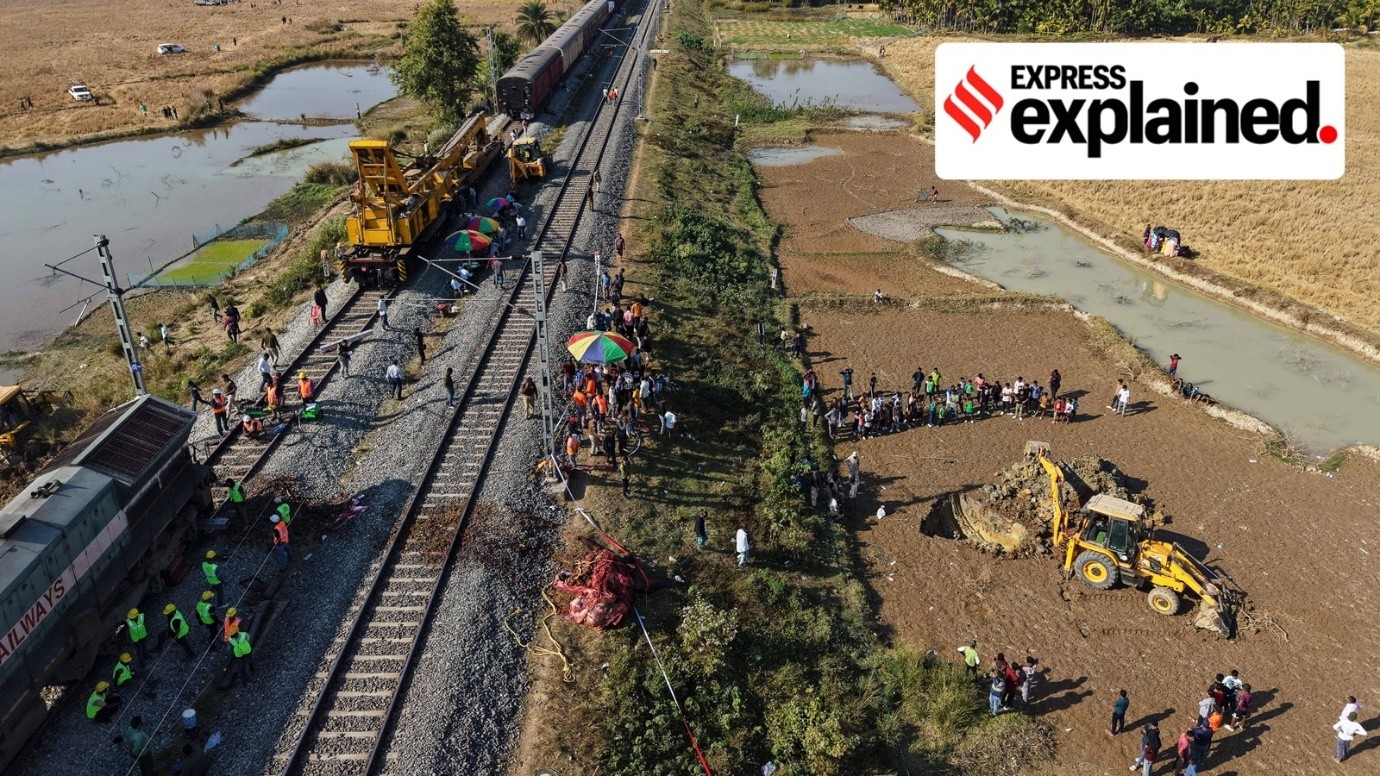
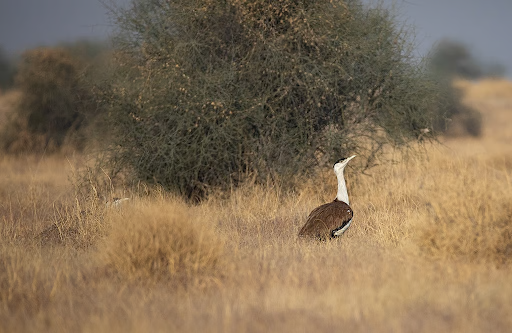
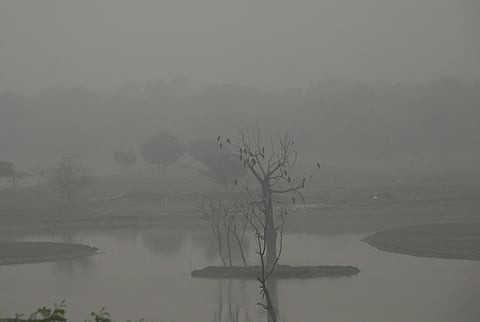
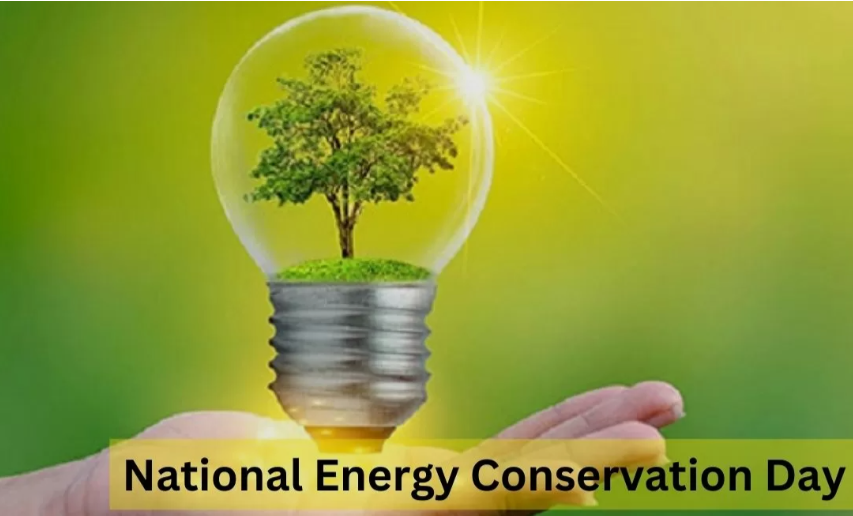

© 2026 iasgyan. All right reserved